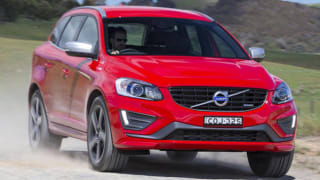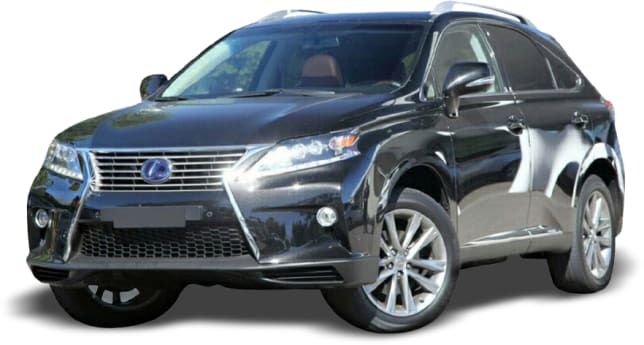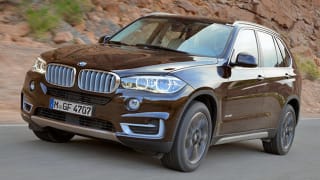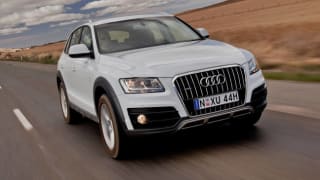To capitalise on the growing success of SUVs in Australia, Lexus last year introduced a two-wheel drive version of their popular RX 4WD. The RX270 is the cheapest Lexus SUV ever however it’s up against some serious competition in this increasingly popular market segment.
Value
The entry level RX as tested starts from $69,400, which is around $12,000 less than the previous entry model in the range. It’s not exactly cheap but we’re talking prestige luxury brands so the price is more affordable.
The standard features list across the entire Lexus RX model range is impressive and includes an 8-inch screen with live traffic enabled satellite-navigation, eight-way adjustable electric leather seats, power rear tailgate, reversing camera with guide assist, smart entry and smart start, voice activated Bluetooth phone and music streaming, digital audio, 12-speaker audio system, metallic paint and 18-inch alloy wheels and daytime running lights.
Technology
The RX range has previously relied on V6 engines but this model has a 4-cylinder 2.7-litre petrol unit which pumps out a respectable 132kW/252Nm. Lexus says the RX270 has a combined fuel-consumption of 9.7-litres per 100 kilometres but we only managed around 12.5 with predominantly urban use.
The smooth transmission is a highlight. It’s matched with the engine really well because it doesn’t sound noisy or annoying when accelerating. Sound insulation in the cabin obviously helps because in any situation when in motion or stationary in traffic it’s quiet and peaceful inside the car.
Presumably because of the weight of the car and the size of the engine Lexus recommends against towing in the RX270 so if you own a boat or trailer you’ll have to move up the range or look elsewhere.
Design
The revamped 270 shares a similar look with the RX range with its spindle grille and more aggressive front bumper design. The day time running lights also help and make the front end look even sportier.
The interior is of good quality but it lacks the more premium feel of the pricier Lexus models. The dash design is shared with the new generation Lexus GS range while the remote touch system is very easy to navigate.
Safety
There are ten airbags, including side airbags on the rear outer seats, as standard. Additional safety features include stability control and traction control, hill-start assist control, anti-lock braking and associated technology such as electronic brake-force distribution and brake assist.
Driving
With only two wheel drive it takes on suburban roads with confidence although we found traction control to engage a bit early on a wet road. On dry bitumen grip wasn’t an issue and corners were handled with minimal body-roll for a SUV of nearly two tonnes. Steering response is sporty and most of the time it doesn’t feel like you’re driving a heavy car.
When driven under normal conditions around town it’s quiet and comfortable with the suspension soaking up the bumps and pot holes with ease. It gets up to speed without much fuss for a small capacity petrol engine and doesn’t sound strained when pushed harder. It’s smooth and refined but it’s not a sporty car by any means. The dash to 100km per hour from a standing start is quoted at taking 11 seconds although it does feel a bit faster.
















